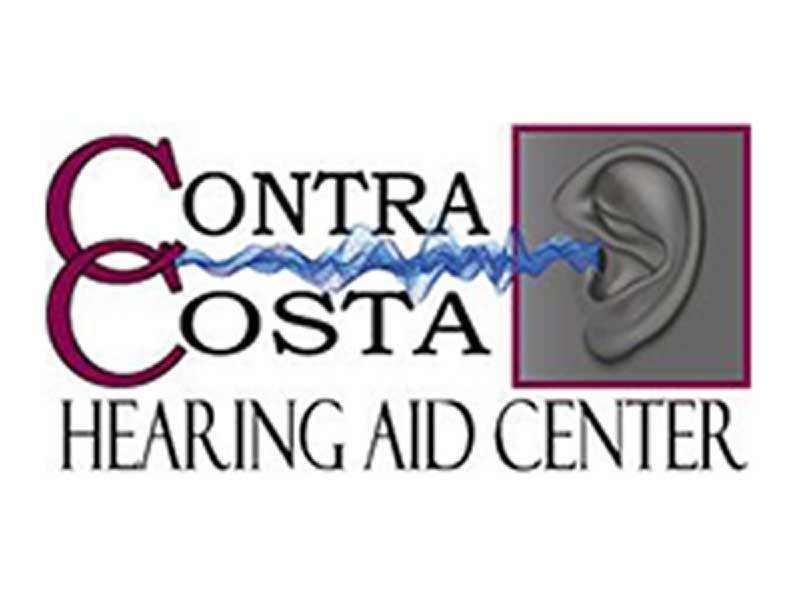85 decibels. That’s the noise level at which recurring exposure can bring on serious hearing damage.
100 decibels. that is the sound level reached by a rock concert, which is not-so-good news for music players or live concert goers.
It’s also part of a larger problem: According to the Occupational Safety and Health Administration (OSHA), about 30 million people in the U.S. are subjected to damaging noise levels, representing one of the foremost occupational dangers over the previous 25 years.
And musicians aren’t the only ones at risk; here are some of the decibel levels linked with common work related activities: a power saw can reach 110 decibels, a newsprint press 97, a chain saw 120, a sporting event 105, and a jet takeoff 150. music players, manufacturing workers, construction workers, airport staff, emergency workers, plumbers, and craftsmen are all at risk of developing significant hearing loss and .
Work-related hearing loss impacts countless numbers
Kevin Twigg of Stockport, England understands all too well about the occupational hazards of sound. Twigg worked on screening and repairing police car sirens — which range between 106 to 118 decibels — for more than 30 years.
After retirement, Twigg started to suffer from severe in addition to drastic hearing loss that necessitated the use of hearing aids. Having failed to adopt the appropriate steps that would decrease the noise levels, Twigg’s employer was found responsible in court, losing a case in which Twigg would secure a large settlement.
This is a scenario that is all too familiar: according to the Bureau of Labor Statistics, in 2009 alone there were 21,000 instances of work-related hearing loss documented.
How to protect your ears at work
So here’s the problem: the world requires music players, carpenters, and emergency and construction staff, but you can’t make power saws and law enforcement sirens any quieter.
The answer? decrease the level of noise that comes in through your ear. straightforward, right? Well…not so fast.
You could just simply travel to the nearby store and pick up some disposable foam ear plugs, but as it turns out, there is a much more suitable alternative.
The preferred solution requires the use of custom-fit ear plugs, often times referred to as musicians plugs, that your hearing consultant can individualize specifically to you, your job, and your preferences.
4 reasons why custom-fit ear plugs are superior than the off-the-shelf foam variety
Here are four reasons why custom-fit ear plugs are far superior to foam ear plugs.
1. conservation of sound quality
Traditional foam ear plugs mute speech and music. By suppressing sound mainly in the high frequency range, rather than in the mid-to-low frequency range, music and voices sound unnatural and unclear. Foam ear plugs also minimize sound by 30-40 decibels, which is not needed for the prevention of hearing damage.
Custom-fit ear plugs will decrease sound more smoothly across frequencies while limiting sound volume by a lower decibel level, thereby maintaining the all natural quality of speech and music.
2. avoidance of the “Occlusion Effect”
With foam ear plugs, the user will experience a hollowed out or boomy sound in their speech when speaking, singing, or playing an instrument. This irritating sound is referred as the “occlusion effect.”
Custom-fit ear plugs are molded to the ear, creating a deep seal that helps prevent this distracting sound.
3. cost & convenience
Custom ear plugs can keep working up to four years, almost always at a price tag of well below $100.
Let’s do some calculations on the throw-away foam plugs:
$3.99 for 10 pairs equals $0.39 per pair
$0.39 per pair X 5 days per week X 52 weeks per year X 4 years = $405.60
With custom-fit ear plugs, you will save cash in the long run and will avert all of those visits to the store. No one enjoys purchasing ear plugs, so while the initial visit to the audiologist seems like a pain, in the long run you will also save time.
4. Protecting the environment
Disposable ear plugs create a lot of waste:
5 days per week X 52 weeks per year = 260 pairs of foam ear plugs thrown out each year.
Schedule a consultation and give protection to your ears
The many advantages of custom-fit ear plugs speak for themselves.
If you work in a job that exposes you to a high risk for hearing damage, or if you participate in very loud live shows or sporting events, schedule an consultation with a hearing instrument specialist today. Custom-fit ear plugs will protect your ears, and distinct from the disposable foam varieties, will also conserve the quality of sound.
